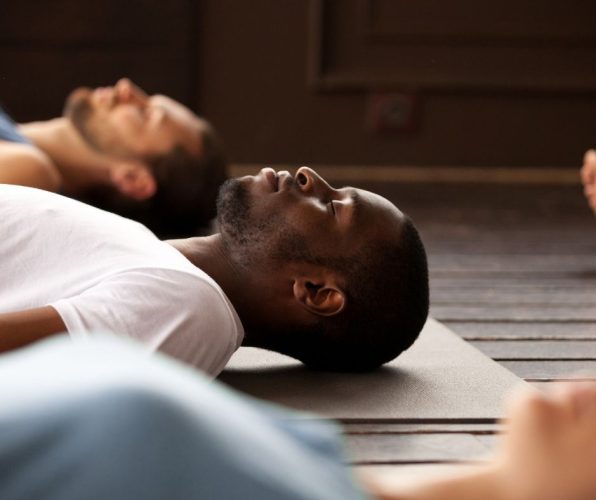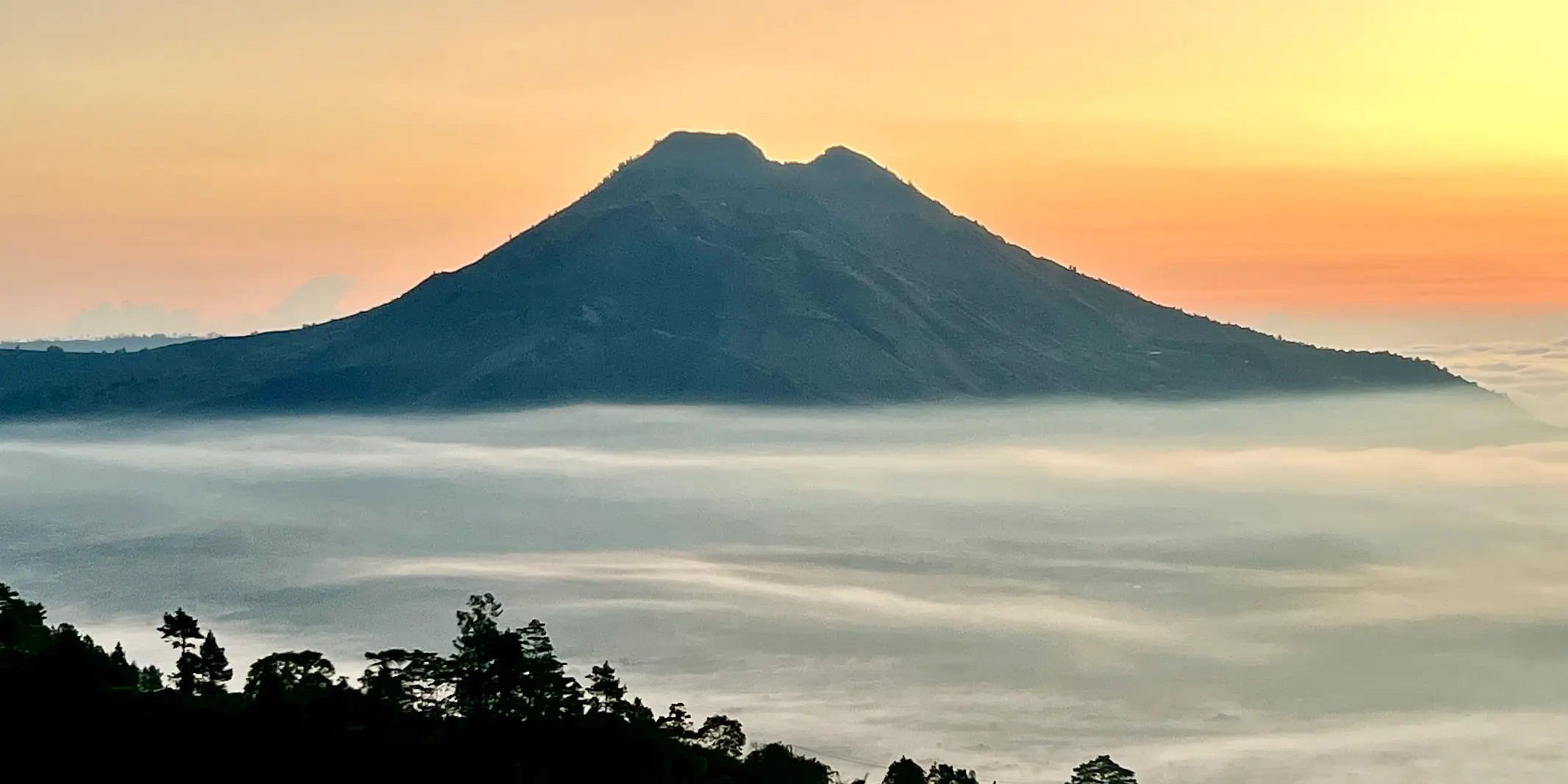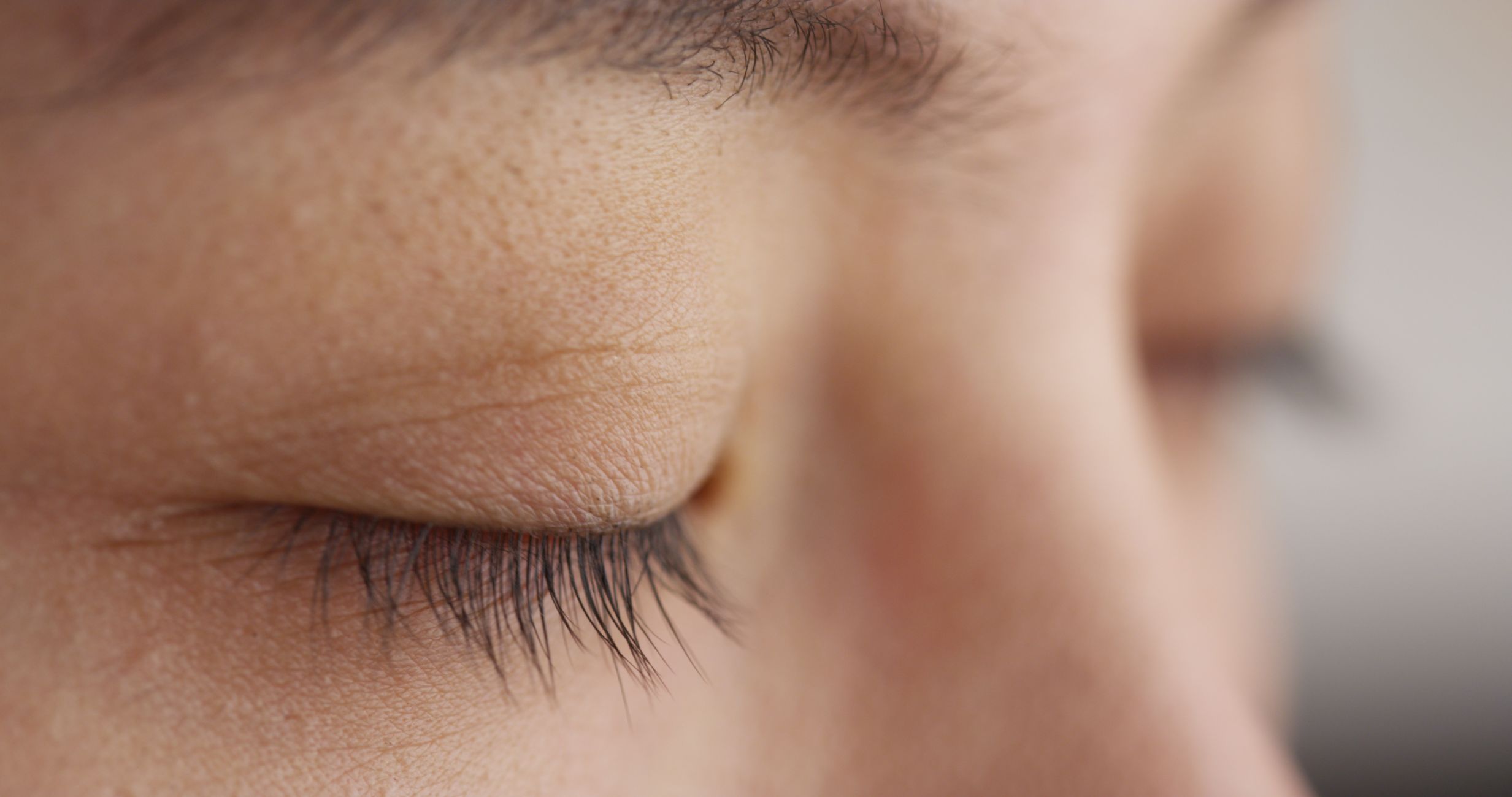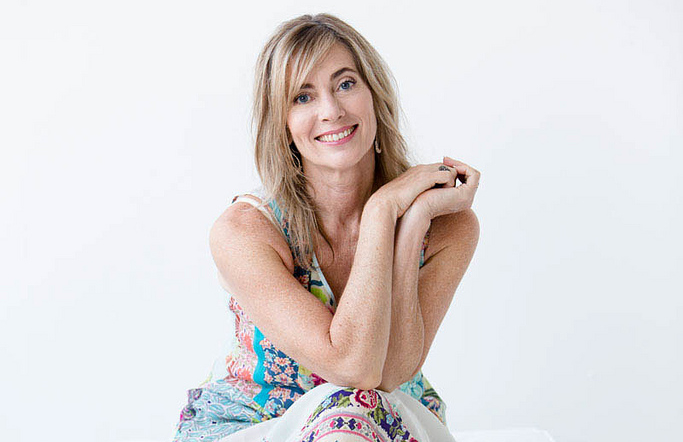Most Americans have a phobia around death. They view talking about death as morbid, but I’ve never seen it that way. I see it as a way to be as prepared for an inevitable event as possible. And, I like making plans. I made birth plans for both of my children (and threw portions of those plans out the window when the unexpected arose), and I make death plans for myself. Most of my family members agree that planning for the practicalities of the end of life is prudent, but few of them bring death into their daily lives. For me, acknowledging and learning about the eventual end of my life makes the time I have now feel more precious.
“Does anyone call savasana ‘Corpse Pose’,” asked Yoga Therapist Anne Pittmann at a recent talk she gave to fellow yoga therapists called, “The Final Breath.” In this talk, she shared with us her observations of how our culture rejects death in so many forms that even our language reflects this fear and persuades us to translate the Sanskrit name into something more palatable, like “final relaxation pose.” I’ll admit, I fell prey to this fear-based translation myself because I thought it would make my students feel uncomfortable. I didn’t want them to think about their own mortality, but when she brought this to my attention, I almost laughed because most of my students have been diagnosed with cancer and have faced (or are continuing to face) their mortality on a daily basis. So I decided to take another look at this pose and how I offer it up in class. Not every savasana I teach will be a practice in acknowledging death, but I will start by calling it by its name.
In my own practice, I am taking Corpse Pose a little further and using it as an opportunity to practice dying; I hope that by becoming intimate with some of the aspects of death, I will feel more at peace with death and remember to be grateful for the moments I have now. Here is a practice Pittmann shared with us that I’ve been incorporating into my daily practice as a way to experience – to the best that I can while still living – some of the emotionally-challenging parts of the dying process. I invite you to practice this along with me as a way to grow more comfortable with the concept of death and more aware of the life you are living.
“Releasing Breath”
Someone who is close to the end of their life has a different breathing pattern, often called the “death rattle” because, “Secretions in the throat or the relaxing of the throat muscles can lead to noisy breathing.” This description sounds familiar to me because of my own breathing issues. There have been several times in my life when I haven’t been able to breathe because my body generates excess mucus and I begin to choke. When these attacks happen, I start out coughing, but that often leads to choking. I can breathe a little through my nose during these fits, but the instinct to gulp air is strong, and when I try to breathe through my mouth, I create a labored wheeze that sounds similar to this “death rattle.” Thanks to some exhale-focused breathing techniques, I am always able to recover after a short time. When I picture the end of my life, I imagine the best-case scenario, which includes the least amount of this noisy breathing possible because it is so difficult for loved ones to witness. (As far as we know, it doesn’t seem to bother the person who is dying).
Here is how to practice breathing, to (hopefully) avoid prolonged breathing issues at the end of life:

“Releasing I Am…”
In a workshop with Yoga Therapist Richard Miller, I experienced a deep dive through the layers of my ego, what I call my “nouns,” and met that part of me that is unchanging and unaffected by conditions and circumstances. It was a moving experience and one that I know I was ready for because of the work that I have done to let go of my “nouns.” These nouns are the words that come after I say “I am” – nouns like teacher, student, wife, mother, daughter, sister. I spent much of my adult life searching for these nouns and growing into some of them like hand-me-down clothes, but at the end of life, none of these identifiers will matter. I don’t want them to stand in the way of dying gracefully when the time comes. There are so many stories of people who fight the end of their life, which prolongs it and causes suffering. This is not part of my dying plan.
Here is how to practice letting go of identifiers to help me release my everyday life at the end.

“Releasing Names”
In the list of everyday attachments that Pittman suggests, practicing releasing, letting go of my name, is the most challenging. Growing up, most people had difficulty with my name and many asked if they could use a nickname. My mother was firmly against shortening my name and would lecture me about how she had to return my birth certificate to get it to read exactly as she intended. The meaning behind her words was clear: my name was a gift from her to me, and refusing that gift would break her heart. I have heard lovely stories of people who die surrounded by loved ones singing their name, and as nice as this sounds, I don’t think this would work for me. If I hear my name being called, I know the person is calling me because there are very rarely more than one person with my name in the same city, let alone the same room. Practicing letting go of my name is the last part of my Corpse Pose because it is the most challenging for me.
Here is how to practice letting go of your name as the final identifier at the end of life.

At the conclusion of your Corpse Pose practice, take some time to re-inhabit your body. As you roll to one side, take in the familiar way that you move your body, feel the floor, and hear the sounds around you. As you come to sitting, notice tastes and smells, and reacquaint yourself with your breath. Take time to feel gratitude for each inhale and exhale, and for being who you are.














